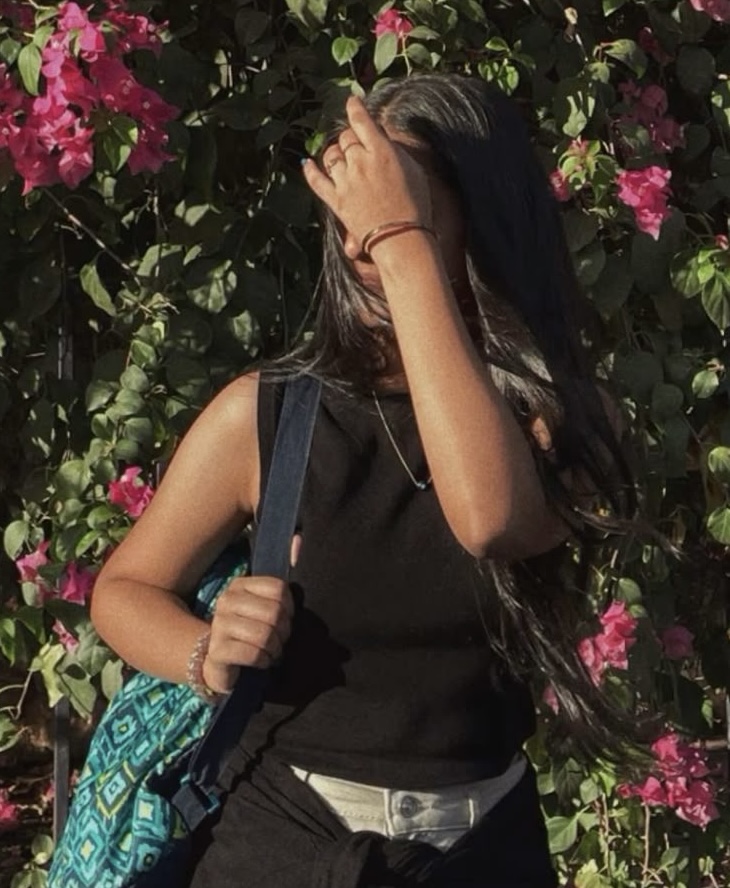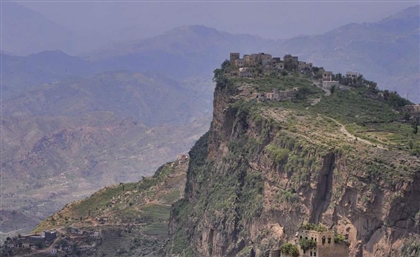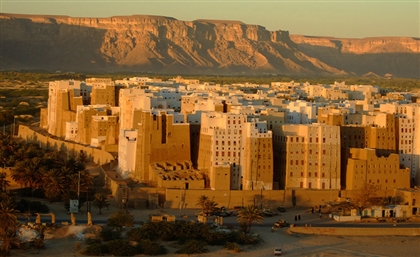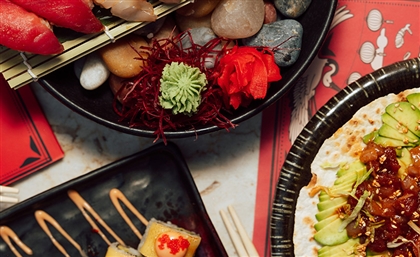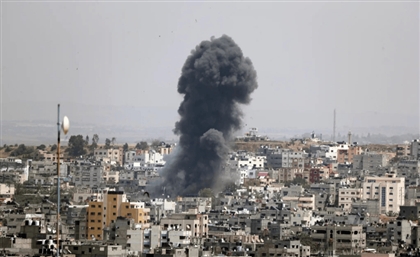A Rainbow in the Rubble: Yemen’s Forgotten Palace of Colour
In the Hadhramaut town of Tarim, one 1950s palace defies the dusty palette of history—with floral murals, radiant façades, and a defiant beauty that refuses to fade.
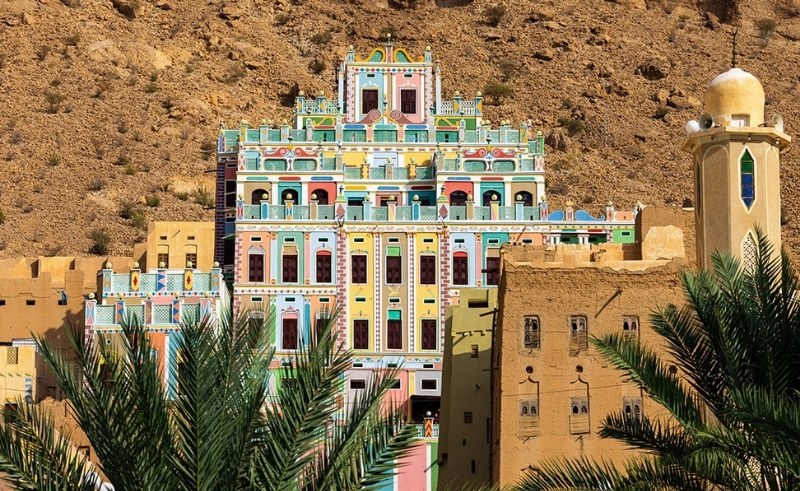
Yemen is a country of earth tones: sunbaked mud-brick towns, towering brown mountains, and ancient stonework the colour of sand. Even the most majestic architecture—like the famous skyscrapers of Shibam—tends to blend into the land. But tucked deep in the Hadhramaut Valley, where the desert narrows into a long ribbon of palm groves, there’s a palace that breaks that pattern entirely.
It doesn’t rise above the landscape—it bursts from it.
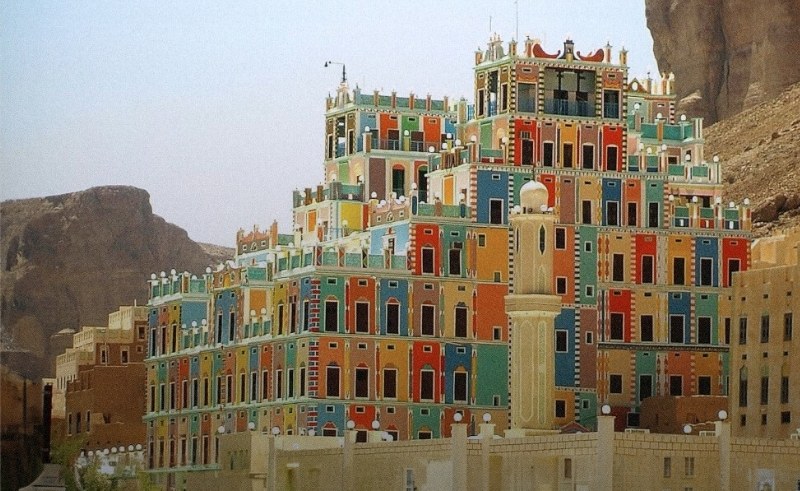
Khaylah Buqshan Palace, named after the woman who commissioned it, is one of Tarim’s lesser-known landmarks. Built in the 1950s, it looks less like a seat of power and more like a wedding cake dreamed up by a surrealist.
Tarim itself has long been a place of quiet influence. Often described as the intellectual heart of southern Arabia, it’s home to hundreds of mosques and dozens of religious schools. For centuries, it was a centre of Islamic scholarship and Sufi poetry, as well as a hub for returning merchant wealth—much of it from Southeast Asia, where Hadhrami families built diasporic fortunes.
It was in this climate of return, prosperity, and architectural experimentation that the palace came to be. The Buqshan family was one of the region’s most prominent, and Khaylah Buqshan—rare in her visibility as a woman patron—wanted a residence that reflected not just status, but joy.
Unlike the stern mud fortresses that define much of Yemen’s built history, her palace feels playful. Its walls bloom with hand-painted florals. Every window frame is outlined in turquoise, pistachio, violet, or ochre. The ceilings are sky blue. The scalloped doors seem almost too delicate to open. The palette wasn’t incidental—it was chosen with intention. The florals, lovingly applied by local artisans, were an act of aesthetic resistance: softness in a harsh land, colour in a monochrome world.
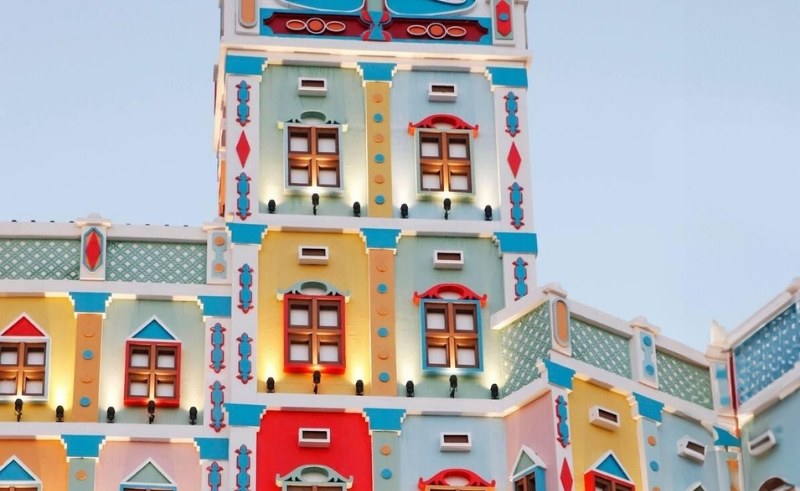
Despite decades of neglect and conflict in the region, the palace still stands. Its paint is faded in places, but still unmistakable. Restoration work has been whispered about for years, but like much of Yemen’s cultural heritage, it sits suspended—held back, but not erased.
To visit the palace today is to stumble upon an apparition. There are no ticket booths, no signage, no footpaths to guide you. Local children might tell you where to find it—if you ask kindly. Its presence is unassuming, yet impossible to forget. Khaylah Buqshan Palace is a reminder that beauty, too, can survive history. Even without headlines. Even without permission.







